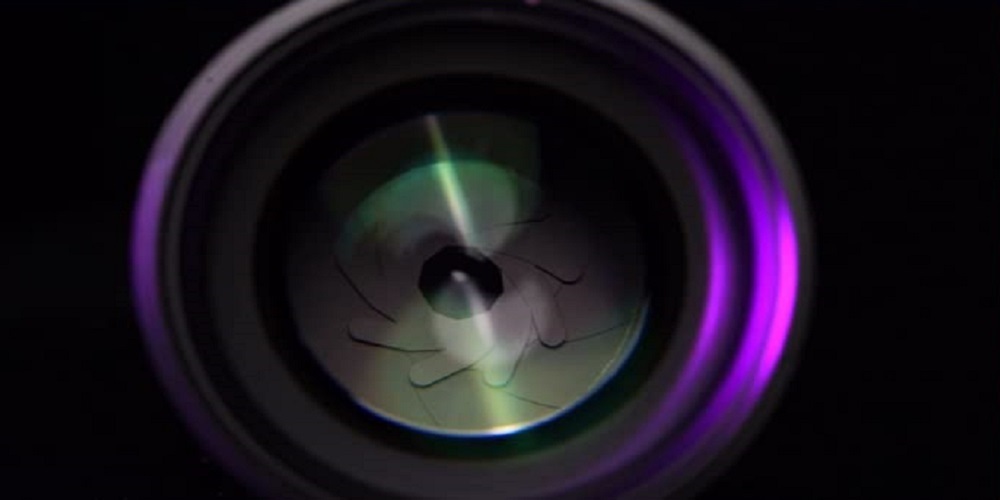Auto-focus cameras have become an important part of modern photography, allowing photographers to capture stunning images easily. However, behind the scenes, there are intricate systems at play that make this possible. One such system is Voice Coil Motor (VCM). VCMs are used in auto focus camera lenses to move the lens elements back and forth to adjust the focus distance. This article will discuss the different classifications of VCMs based on their structure and function.
Structure-Based VCM classification
Based on their structural characteristics, VCMs can be divided into shrapnel, ball, and friction.
- Shrapnel structure VCMs are made up of shrapnel and a coil. Shrapnel oscillates back and forth with the coil. The coil produces a magnetic field when a current is run through it, which attracts or repels the shrapnel and causes it to move. The focus distance is then changed using this motion.
- Ball structure VCMs move the lens elements back and forth using a ball bearing. When a current is run through the coil, which is mounted around the ball bearing, a magnetic field is created that either attracts or repels the ball bearing. The focus distance is then changed using this motion.
- Friction structure VCMs move the lens elements back and forth using a shaft and a slider. When a current is passed through the coil mounted on the slider, a magnetic field is produced that attracts or repels the shaft. The focus distance is then changed using this motion.
Function-Based Classification of VCM
The functions of VCM can also be used to categorize them. Based on their intended uses, VCMs can be divided into five broad categories:
Open Loop
Open-loop Entry-level cameras and smartphones both employ VCMs. They are affordable and have a straightforward structure. Although they can result in focus hunting, they are not as accurate as other VCMs.
Closed Loop
High-end cameras and lenses employ close-loop VCMs. They rely on feedback from the camera’s image sensor to precisely adjust the focus distance. This feedback loop makes accurate and quick focusing possible, even in low light.
Alternate Mid Motor
In mid-range cameras and lenses, alternative mid-VCMs are used. They combine the close-loop VCM’s accuracy with the open-simplicity. The focus distance is precisely adjusted by alternate mid-VCMs using a combination of open-loop and close-loop technology.
OIS Optical Anti-Shake Motor
Optical Image Stabilization is referred to as OIS. To account for camera shake when taking photos or videos, lenses use OIS VCMs. OIS VCMs can also be divided into sub-translation, axis-shift, memory metal, etc. types.
OIS+Close Loop Six-Axis Motor
The most cutting-edge VCMs on the market are six-axis OIS+Close Loop devices. They combine OIS VCMs’ anti-shake technology with the close-loop VCMs’ accuracy. OIS+Close Loop six-axis VCMs are the best for taking clear, stable pictures and videos because they can adjust the focus distance and correct for camera shake.
Conclusion
Modern cameras and lenses must have VCMs because they enable quick and accurate adjustments to the focus distance. Based on their structure and function, they can be divided into various categories, each of which has advantages and disadvantages. It is anticipated that VCMs will continue to develop as technology progresses, resulting in even more sophisticated and effective autofocus systems for cameras and lenses.









